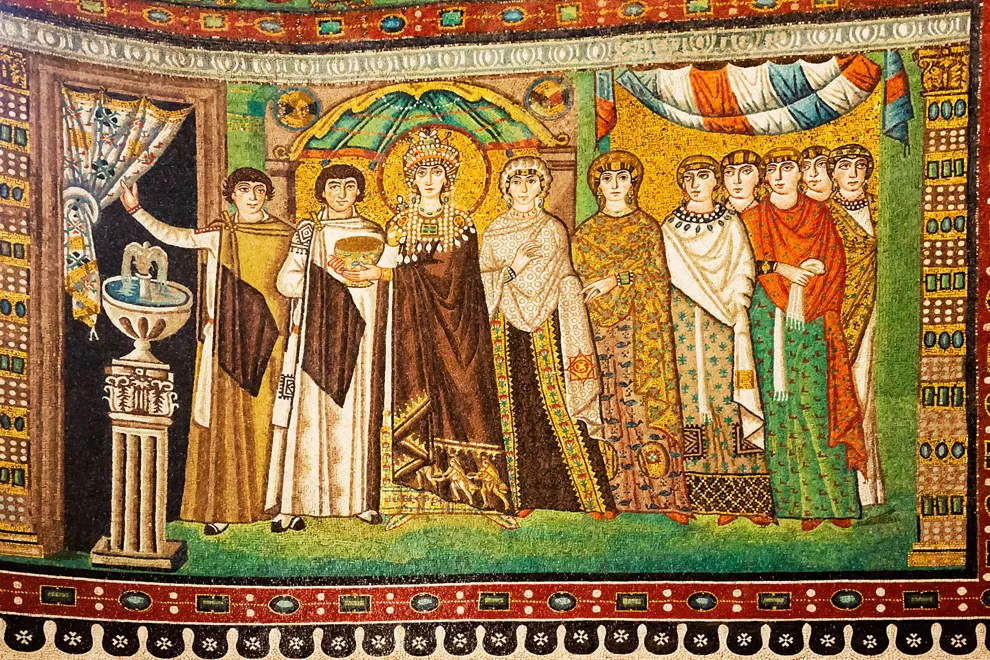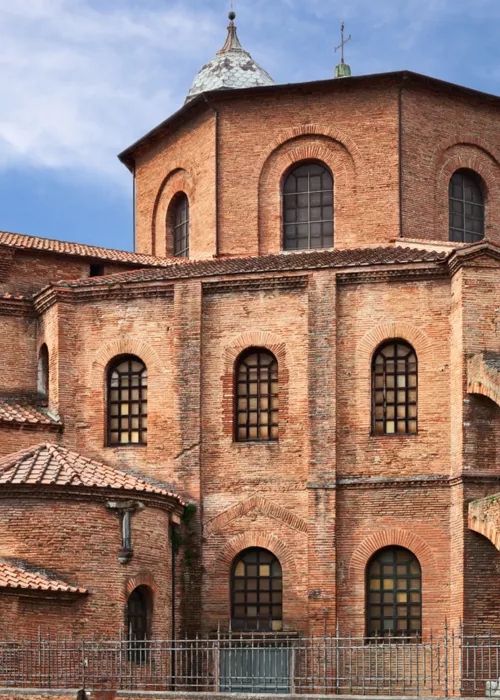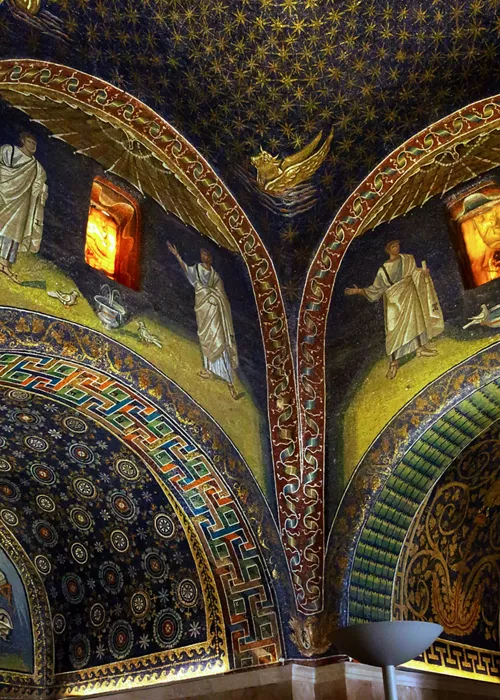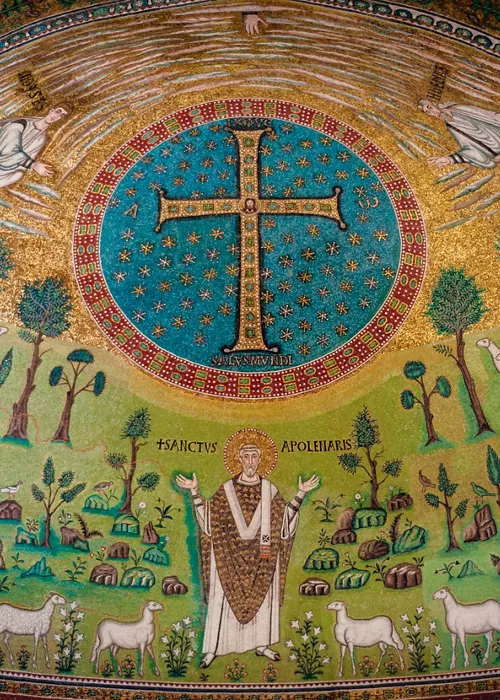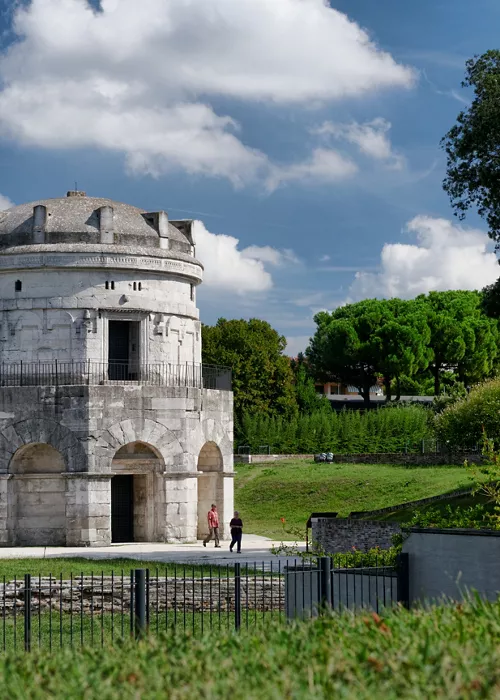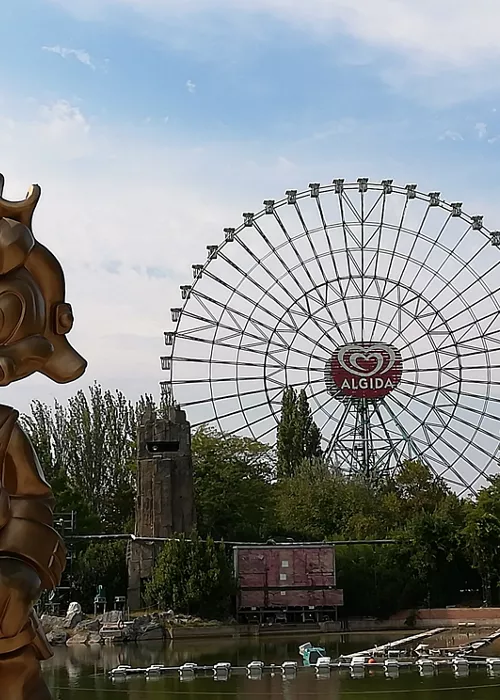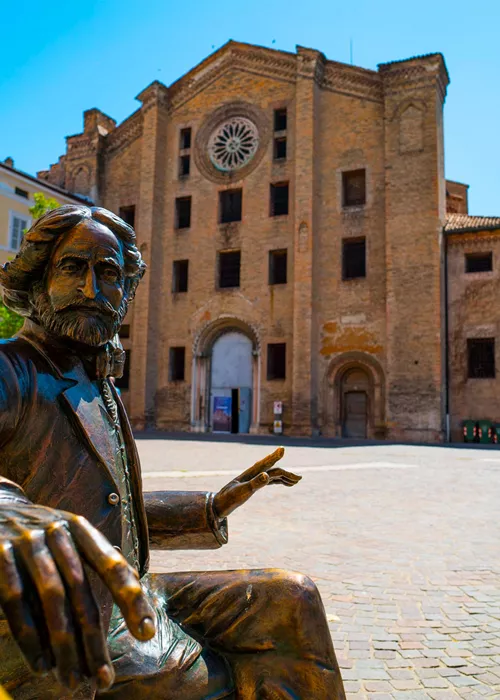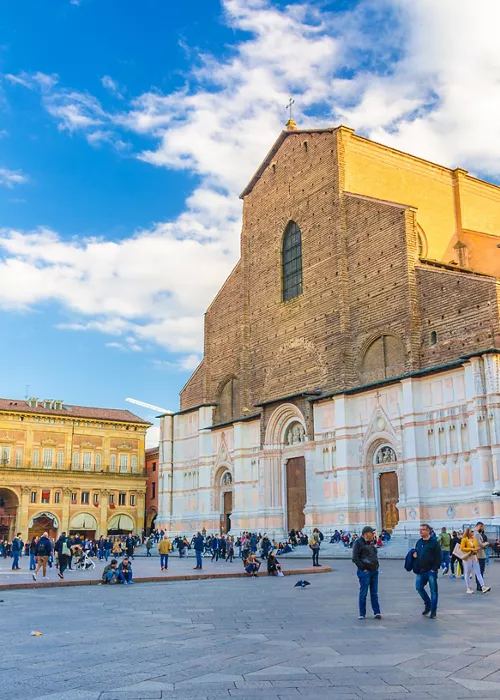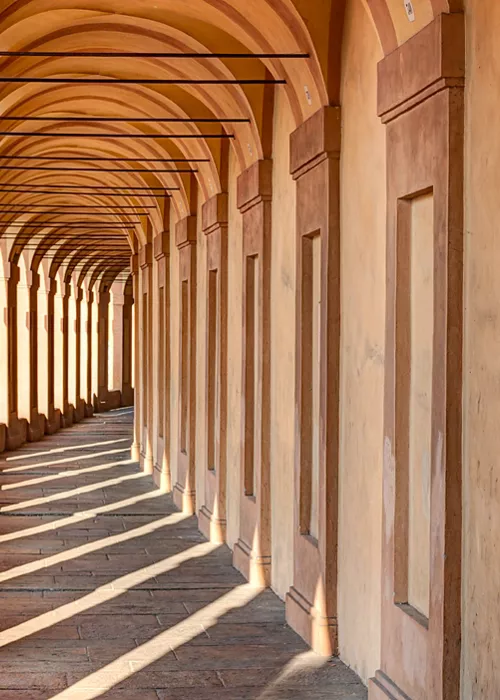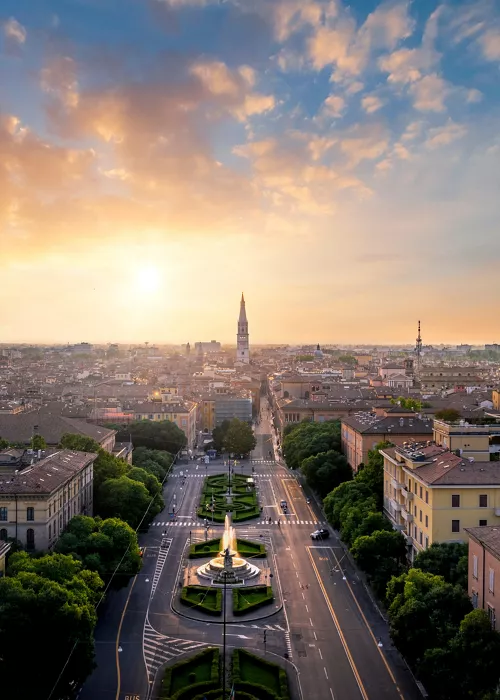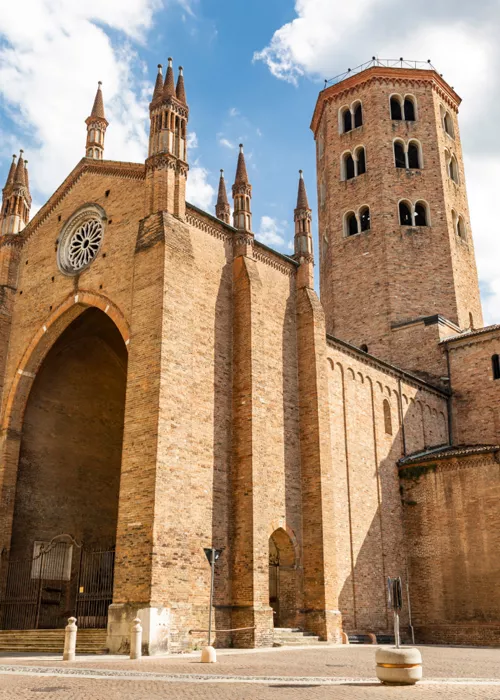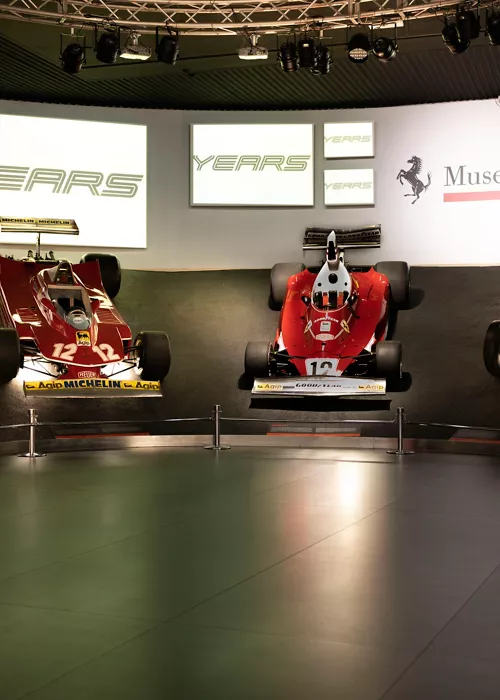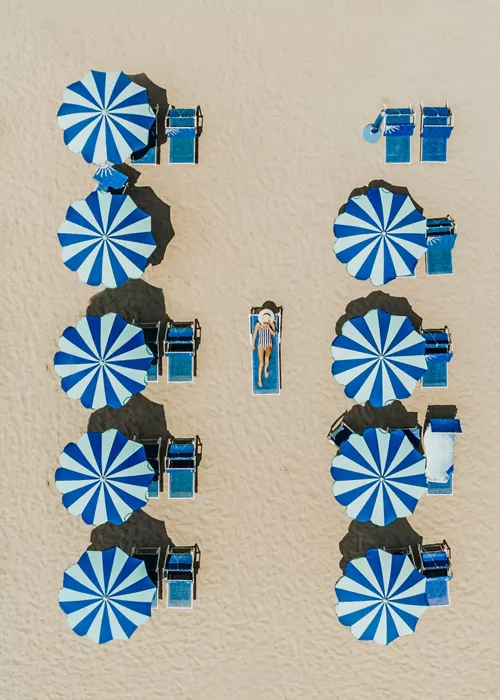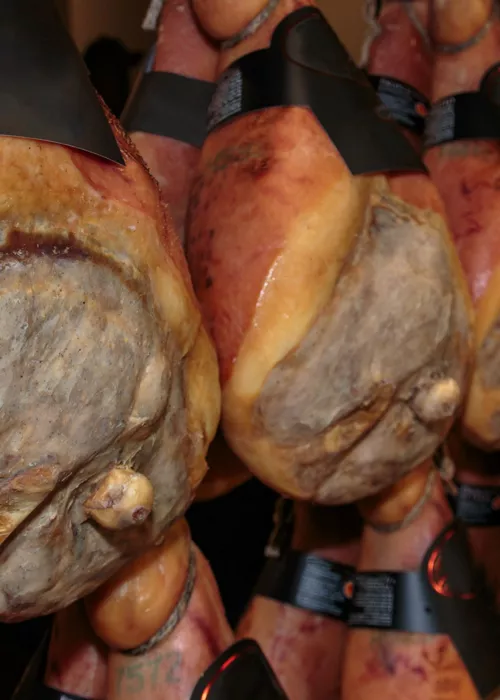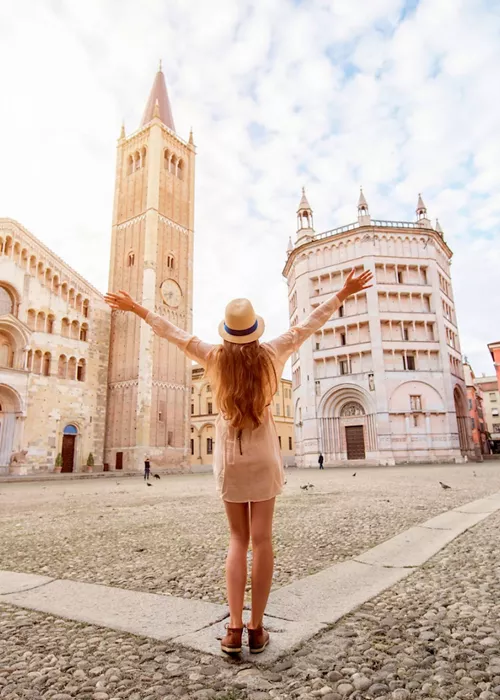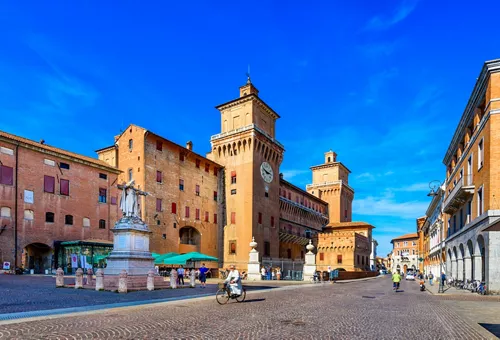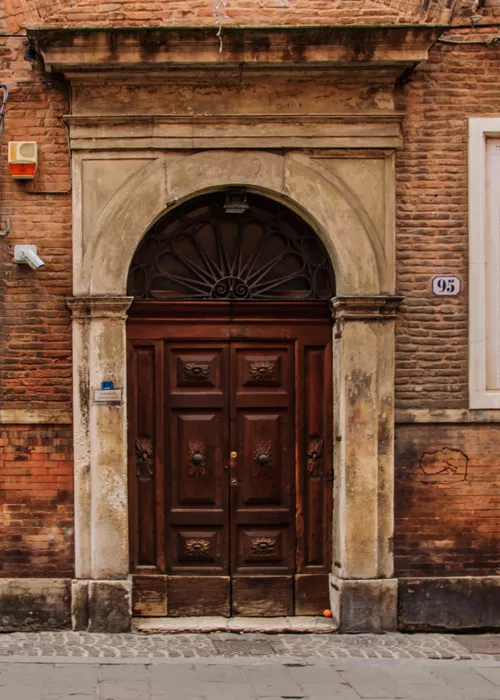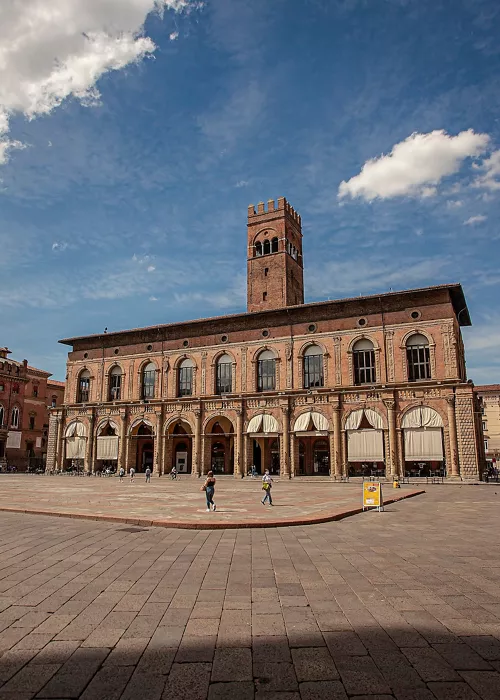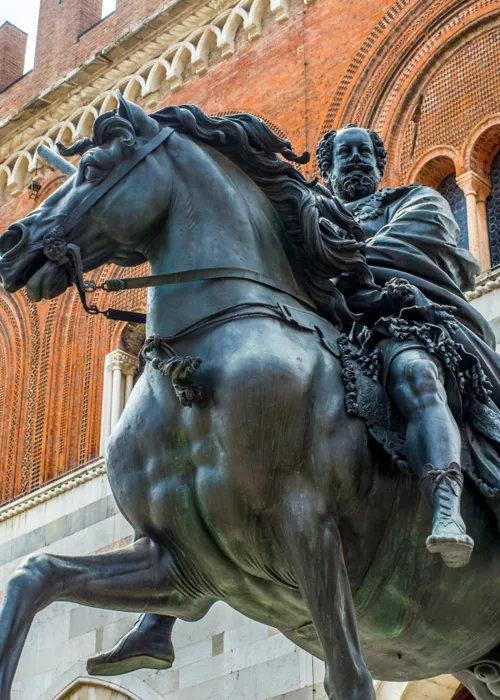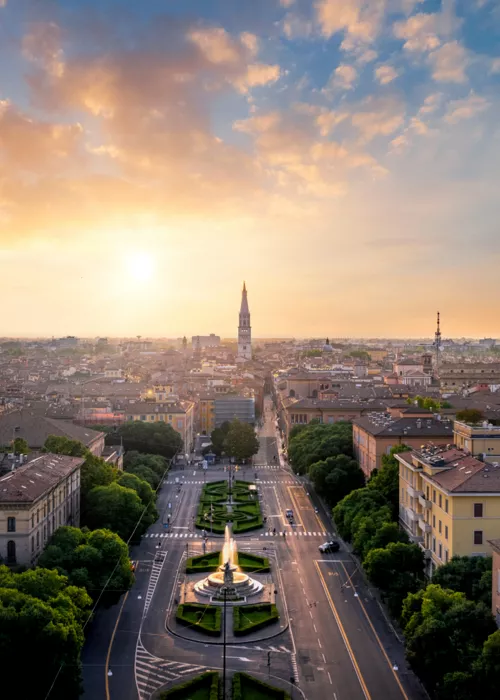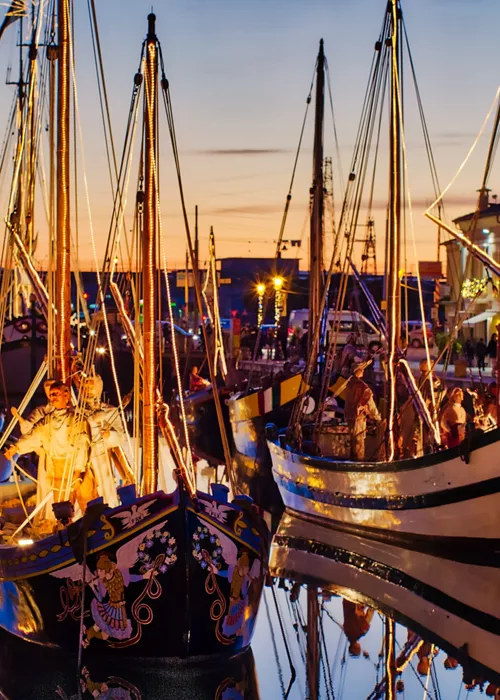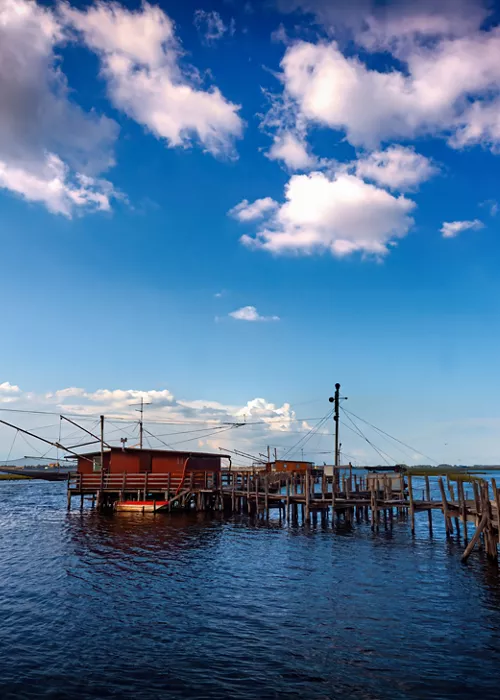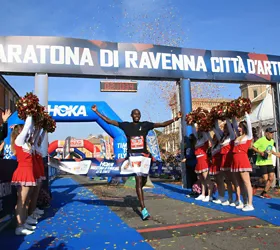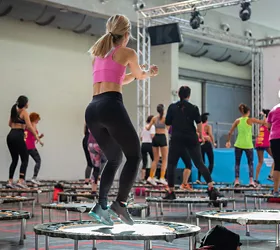Ravenna with its early Christian monuments, a perfect mix of art, culture and entertainment
4 minutes
The extraordinary wealth of its monumental heritage is complemented by more than 35 kilometres of one of the best-equipped Adriatic coastlines in the country, excellent for sporting activities, excursions and adrenaline in theme parks just minutes away.
Ravenna is a veritable treasure chest of art, history and culture with an ancient and glorious past, indelibly marking the city and its province.
The history and magic of Ravenna
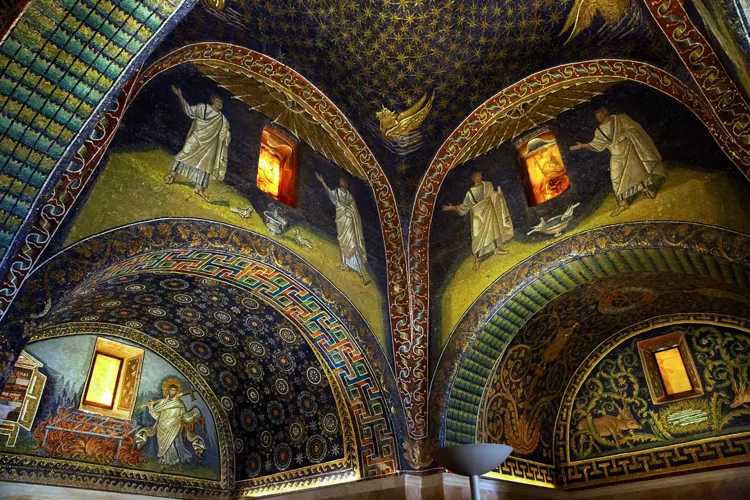
The history of Ravenna is linked to the splendour of the Western Roman Empire, of which it was the capital three times from the beginning of the 5th century A.D. during the rule of Emperor Honorius and later during the reign of the Goths of Theodoric the Great and under Byzantine rule. Thanks to this period of splendour, Ravenna can boast eight monuments, earning it UNESCO World Heritage status.
Ravenna’s prestige has never faded over the centuries. Crucial was the period when the city was ruled by Guido da Polenta, from 1275. He was responsible for the most important reclamation works, the expansion of the city and the arrival of Dante Alighieri in the last years of his life. In 1512, Ravenna was the scene of a bloody battle against French troops. Later coming under papal rule, Ravenna passed to the Kingdom of Italy in 1860.
What to see in Ravenna: must-see places
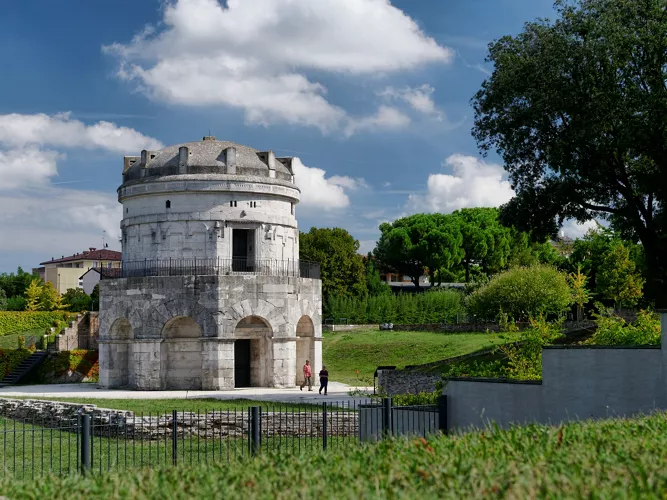
The city of Ravenna blends art and culture to perfection, with a complex of early Christian religious monuments of extraordinary historical and artistic importance earning it a spot on the UNESCO World Heritage List in 1996. The must-see places in Ravenna can be found in every corner of the city, but we suggest what to see without leaving out the most important monuments.
The Basilica of San Vitale is one of the most important monuments of early Christian and Byzantine art in Italy and the world, built during the reign of Justinian to testify to the greatness of his empire. Don't miss the splendid mosaics covering the dome.
A stone's throw away is the Mausoleum of Galla Placidia, erected in 402 by Emperor Honorius in honour of his sister Galla Placidia. Don't be fooled by the simple and unassuming exterior: the interior is a treasure trove of Ravenna's oldest Byzantine mosaics.
Two UNESCO World Heritage basilicas are dedicated to St Apollinaris, founder of the Church of Ravenna. The Basilica of Sant'Apollinare Nuovo, in the heart of the city centre, was erected as a place of Arian worship by King Theodoric, but under Justinian it was re-consecrated to Catholic worship. Inside is the largest mosaic cycle known to date. At the gates of the city stands the Basilica of Sant'Apollinare in Classe, the largest example of an early Christian basilica in the world. It was built in the 5th century to house the remains of Apollinaris and still preserves the beauty of the original structure with splendid polychrome mosaics.
The Mausoleum of Theodoric located in the park of the same name near Ravenna Station, was built in 520 by King Theodoric as his burial place. It is the most famous and important Ostrogothic burial building in Italy. It consists of two decagonal plan levels topped by a large monolithic dome. If you want to be amazed, visit the Neonian Baptistery one of the oldest monuments in Ravenna and best preserved baptismal building in the world, and the Arian Baptistery, the only baptistery dedicated to the Arian cult known to survive.
6 ideas on what to do in Ravenna
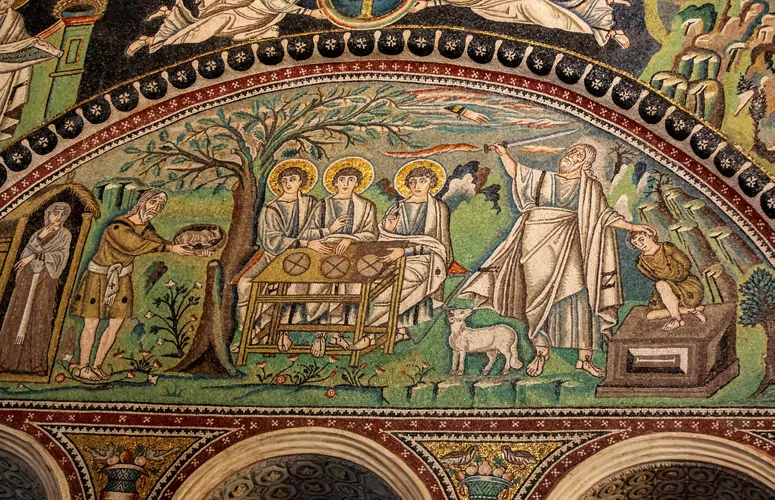
There is no shortage of things to do in Ravenna. The Art Museum of the City of Ravenna is the perfect place for art lovers. The collection of ancient and modern art with more than three hundred paintings and sculptures is complemented by exhibitions and temporary shows. The museum is located within the Loggetta Lombardesca complex, overlooking the public gardens that provide a few moments of relaxation. The gardens also house the Planetarium, a small window on the universe in the city centre.
Those who visit Ravenna should know that the great poet Dante Alighieri is buried in the city. Tomb of Dante is a small neoclassical temple housed in the Basilica of San Francesco, behind Piazza Caduti della Libertà. The visit takes a few minutes, but do not miss the apse of the basilica, heptagonal on the outside and semicircular on the inside, the 10th-century crypt and the Dante Museum.
Ravenna is also the city of fun and relaxation. In addition to a few hours at the beach on the beautiful coastline, you should plan a day at Mirabilandia, one of the largest and most visited amusement parks in Italy. Over 850,000 square metres of parkland with attractions for the whole family and for those looking for an adrenalin rush. Don't miss the Rio Bravo, the Katun and the Eurowheel Ferris wheel.
What to eat in Ravenna: 5 specialities
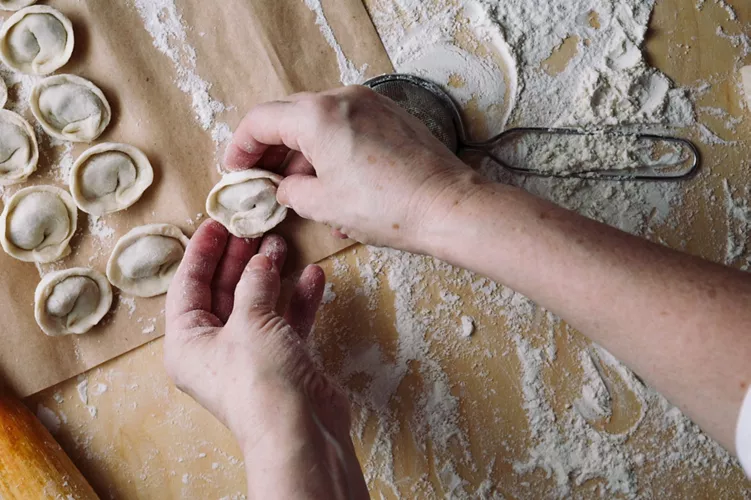
The culinary tradition of Ravenna offers tasty soups, rustic desserts and street food perfect for a snack between a visit to monument and a museum.
The Romagna cress brings everyone together. It is a cross between piadina and calzone, traditionally stuffed with herbs, tomato and mozzarella. Try the pumpkin and potato version.
Among the first courses, you must try cappelletti with meat sauce stuffed with cheese, also excellent in broth. Typical on holidays, but present on all Ravenna restaurant menus, are passatelli in broth, meat or fish, made with eggs, cheese, breadcrumbs and a pinch of nutmeg. Your taste buds will thank you!
The mutton chop is a barbequed speciality, served with olive oil and lemon to enhance its flavour.
A great ending? Piadina with squacquerone cheese and caramelised figs: you won't be able to get enough.

